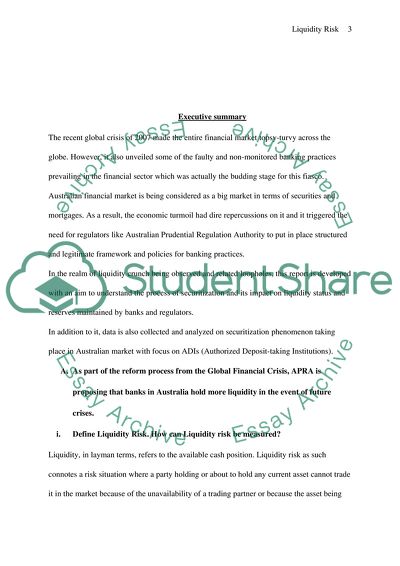Cite this document
(Liquidity Risk and Crisis Coursework Example | Topics and Well Written Essays - 1750 words, n.d.)
Liquidity Risk and Crisis Coursework Example | Topics and Well Written Essays - 1750 words. Retrieved from https://studentshare.org/macro-microeconomics/1735182-liquidity-risk
Liquidity Risk and Crisis Coursework Example | Topics and Well Written Essays - 1750 words. Retrieved from https://studentshare.org/macro-microeconomics/1735182-liquidity-risk
(Liquidity Risk and Crisis Coursework Example | Topics and Well Written Essays - 1750 Words)
Liquidity Risk and Crisis Coursework Example | Topics and Well Written Essays - 1750 Words. https://studentshare.org/macro-microeconomics/1735182-liquidity-risk.
Liquidity Risk and Crisis Coursework Example | Topics and Well Written Essays - 1750 Words. https://studentshare.org/macro-microeconomics/1735182-liquidity-risk.
“Liquidity Risk and Crisis Coursework Example | Topics and Well Written Essays - 1750 Words”. https://studentshare.org/macro-microeconomics/1735182-liquidity-risk.


